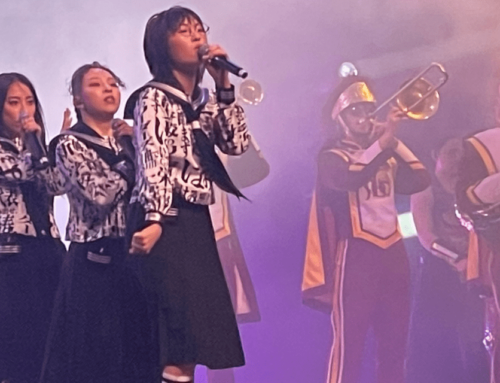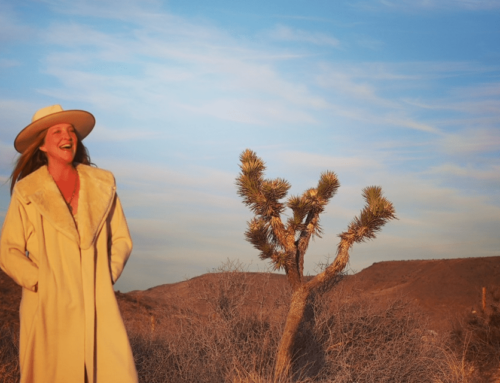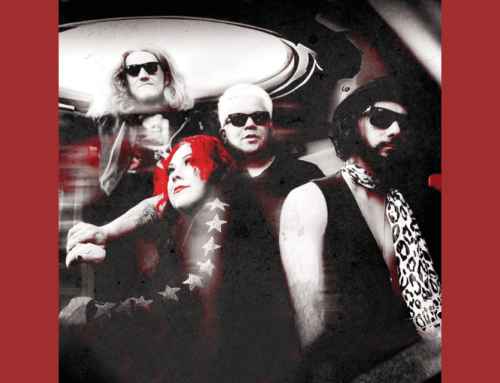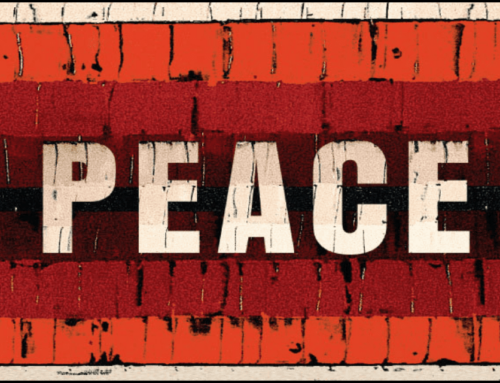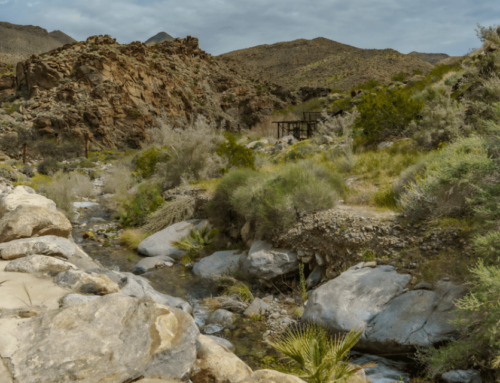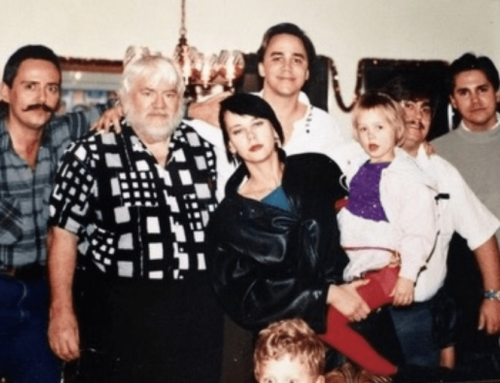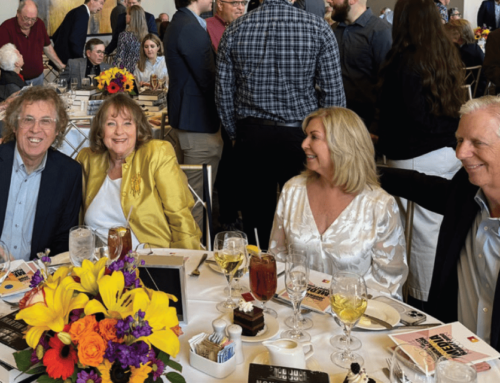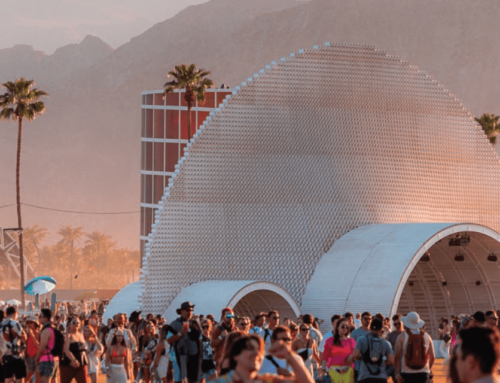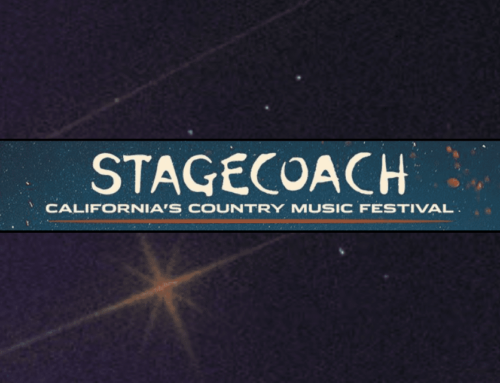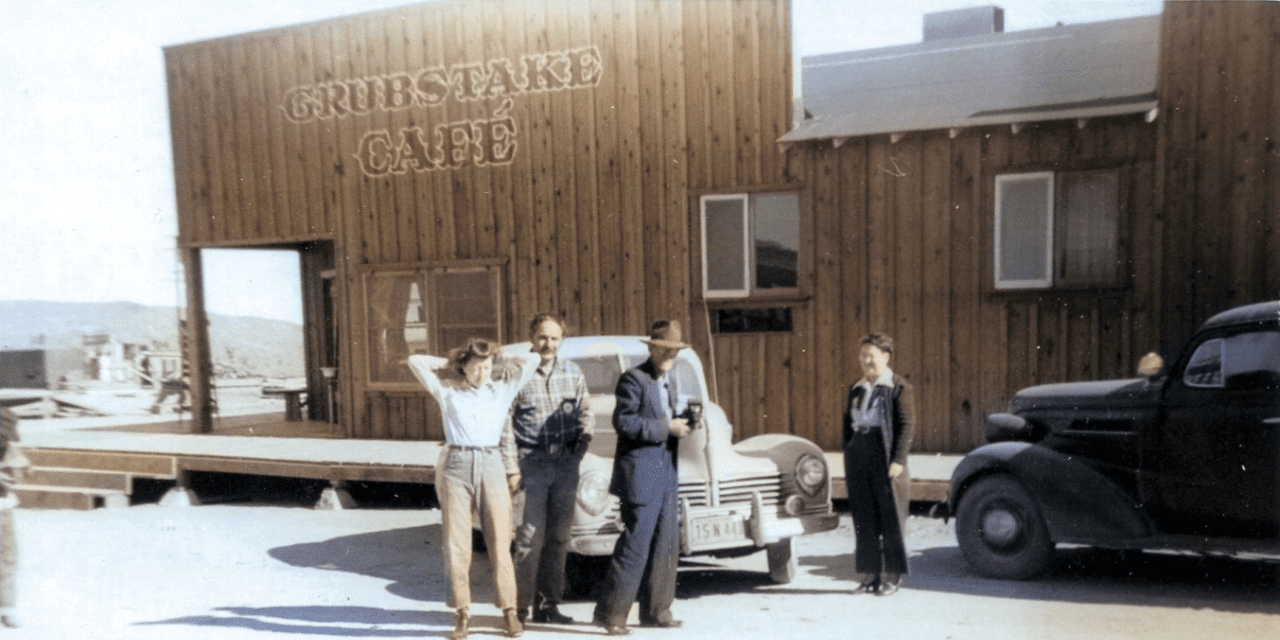
Pioneertown: A Tale of Resilience and Community Spirit
By Curt Sautter
In the sprawling lore of Pioneertown, truth and myth intertwine like desert sagebrush in the wind. Among its tales, one stands out: the inception of Pioneertown as a cinematic sanctuary. Guided by actor Dick Curtis and producer Frank McDonald, a group of 18 visionaries, including actors, musicians, and filmmakers, set out to create more than just a movie set. Their ambition extended beyond mere facade; it embraced the vision of a vibrant community amidst the post-World War II optimism. United by their passion for the B-Western genre, they fashioned Mane Street into an 1880s Western town, not just for cinematic backdrops but as the core of a self-sustaining residential enclave. The town brimmed with the promise of camaraderie and creativity, where industry insiders could forge both art and community against the backdrop of a living, breathing Western tableau. Thus, while Pioneertown’s cinematic origins remain integral to its narrative, they serve as but a fragment in the larger tapestry of its communal ethos and enduring legacy.
As the dust settled from the groundbreaking ceremony on September 1, 1946, Pioneertown’s story branched into a tapestry of tales: accounts of its founders, the cinematic enclave, and, most significantly, the resilient community that began to take shape.
Challenges and Triumphs of Early Settlers
Life for the early settlers was marked by hardship. They dwelled in tents and weathered prospectors’ shacks scattered across the rugged landscape, with Stud Valley providing a backdrop to their toil. Electricity was a luxury, rationed by a diesel generator that briefly illuminated Mane Street’s buildings each day until 1949. Meals were cooked over open flames or wood stoves, and amenities were scarce, with the Red Dog Saloon boasting the area’s sole shower—a modest offering amidst its rustic charms.
Yet, amid these challenges, a spirit of determination thrived. Families, including those with young children, sought to establish roots and provide their offspring with educational opportunities. In a testament to their resolve, the community organized the “Korny Karnival” on Halloween 1947—a three day extravaganza aimed at fundraising for a one-room schoolhouse. Recognizing that self-reliance was the key to progress, residents like Pearl Jones, spouse to one of the Red Dog’s proprietors, stepped forward, assuming the role of a schoolteacher and embodying the ethos of collective action that defined Pioneertown’s early years.
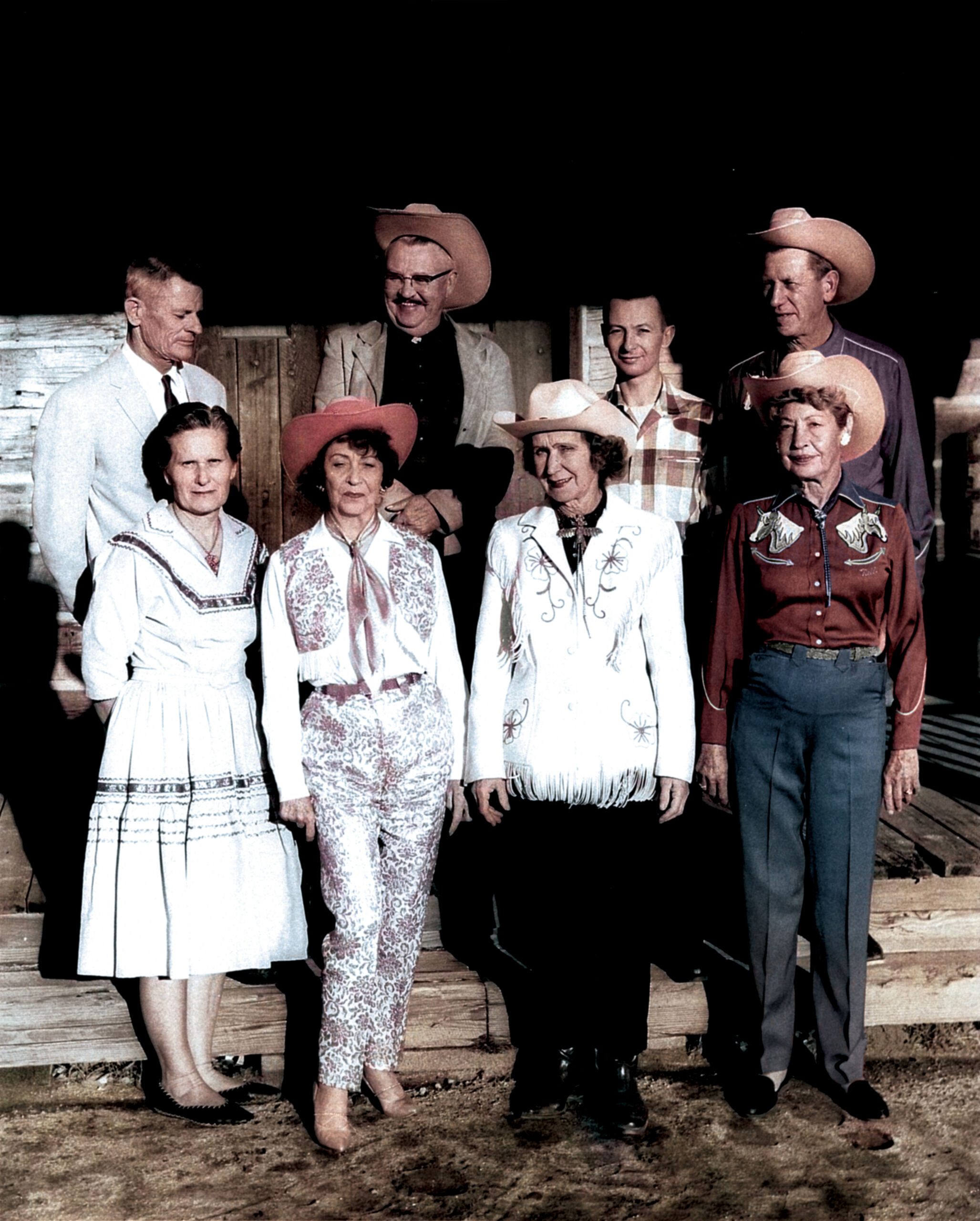
Commercial Struggles and the Spirit of Resilience
Curtis encountered two primary hurdles in bringing his vision to fruition. Firstly, Pioneertown’s geographical location posed a logistical challenge, lying outside Hollywood’s coveted Thirty Mile Zone (TMZ) or “the Studio Zone.” This zone delineated areas where movie studios agreed to pay union workers additional compensation for filming. Consequently, Pioneertown’s distance from this zone slowed the influx of film crews despite its picturesque backdrop. While neighboring movie ranches like Iverson, Lasky, and Monogram thrived within the TMZ, Pioneertown faced barriers to attracting cinematic productions.
Secondly, the influx of real estate speculators and developers between 1946 and 1948 presented a more formidable obstacle. As excitement and growth surged, opportunists from Los Angeles seized control, displacing many of the town’s founders. Intent on capitalizing on Pioneertown’s allure, they envisioned grandiose transformations, from resort hotels to upscale ranches, overlooking the foundational ethos of a community intertwined with the film industry. This departure from the town’s original vision underscored a shortsighted focus on luxury and profit, disregarding the intrinsic draw of celebrity proximity that initially propelled Pioneertown’s early success. With the forced departure of Dick Curtis and other luminaries, the community’s cohesion waned, signaling a shift away from its authentic roots toward commercialization.
However, what remained unforeseen was the steadfast commitment of Pioneertown’s non-celebrity residents. These unsung heroes labored to construct the town and sustain its businesses. Despite the departure of famed personalities, they remained staunch believers in Dick Curtis’ vision, cherishing the romanticized allure of the Old West and nurturing hopes of a revival. Holding fast to the dream of equestrian lifestyles and communal camaraderie.
Yet, without the backing of celebrity allure, Pioneertown’s fortunes took a downturn. Land sales plummeted, culminating in the bankruptcy of the original Pioneertown Land Company by 1952. Subsequently, in 1953, the company’s assets were auctioned off on the steps of the San Bernardino courthouse, with two developers who had been on the board, arranged for the loan, and had been the individuals that filed the company’s bankruptcy, emerging as the property’s new owners.

Revitalization Efforts and Cultural Resurgence In a remarkable display of grassroots entrepreneurship, locals took ownership of Mane Street’s businesses, ensuring the town’s vitality even amidst uncertainty. Raymond and Marge White continued to operate White’s Grocery/Hardware, while Val Jones and Don Knox welcomed patrons to the Red Dog. Harry and Nell Althoff curated homewares at Altoff’s Furniture, and Cecil Riding remained a fixture at the Beauty Corral, offering hairstyling services and the Tunstal family continued to run the Grubstake Cafe. This community-driven resilience served as a beacon of hope amidst the tumult, embodying the enduring spirit of Pioneertown’s pioneers.
Just as Pappy and Harriet’s Pioneertown Palace stands as a vibrant hub in the town’s commercial district today, The Golden Station restaurant held sway as the epicenter of activity from the 1950s until 1966. Operated by Harry Jew, Frank Gee, and Fay Moon, it tantalized patrons with char-broiled steaks and Chinese delicacies, embodying the eclectic charm of Pioneertown’s culinary scene. Amidst this bustling backdrop, residential life in Pioneertown persevered, transcending the glitz of celebrity presence.
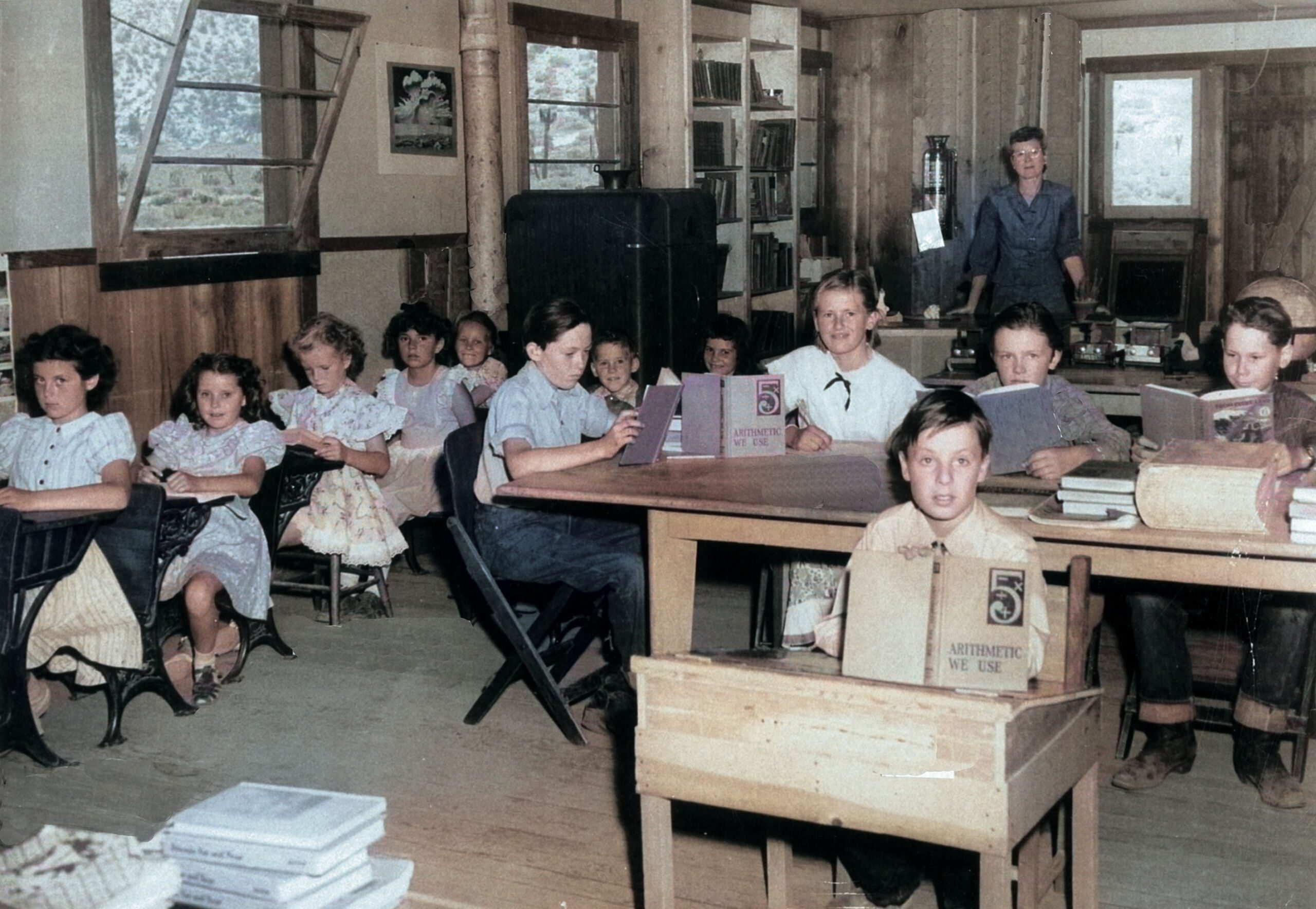
Easter weekend of 1966 brought a monumental setback to Pioneertown’s landscape. Over the course of three days, tragedy struck as both the Red Dog Saloon and the Golden Stallion succumbed to separate, unrelated fires, reducing these beloved establishments to ashes. In the wake of this devastation, the community rallied, resilient and determined to reclaim its vitality.
Swiftly, efforts were underway to rebuild and revitalize. The proprietors of the Red Dog embarked on constructing a larger iteration of the saloon, signaling a renewed commitment to Pioneertown’s enduring legacy. Meanwhile, John Smith and Bill Bragdon spearheaded the formation of the Bravados, a pioneering troupe dedicated to reviving the spirit of the Old West in Pioneertown. Their thrilling gunfights and stunt shows, culminating in the symbolic hanging of an outlaw, breathed new life into the town, captivating visitors and locals alike with their daring performances. In this display of resilience and creativity, Pioneertown once again emerged from the ashes, reaffirming its status as a beacon of frontier spirit and community resilience.
By the mid-1960s, a new chapter unfolded in Pioneertown’s tumultuous history as developer Benton Lefton acquired the remnants of the Pioneertown Land Companies’ properties along with additional land to realize his grand vision—the California Golden Empire. Envisioned as a sprawling resort replete with lakes and golf courses, this ambitious endeavor aimed to transform Mane Street into a modern complex, echoing the aspirations of its predecessors. Initial land sales surged, buoyed by promises of opulence and leisure. However, the project faltered due to a fundamental challenge: the scarcity of potable water. Despite Pioneertown’s existing water system, the well water proved unfit for consumption, tainted by high levels of arsenic and traces of uranium. As dreams of the Golden Empire crumbled in the sixties and seventies, many Mane Street structures found new life as residential abodes.
Yet, amidst the backdrop of dashed ambitions and shifting fortunes, Pioneertown’s communal spirit endured. Residents united to establish a volunteer fire department, acquiring a used fire engine to safeguard their community. Tradition persevered through spirited gatherings, including the Queen of Pioneertown pageant, watermelon eating contests, and potluck barbecues, fostering a sense of unity and continuity.
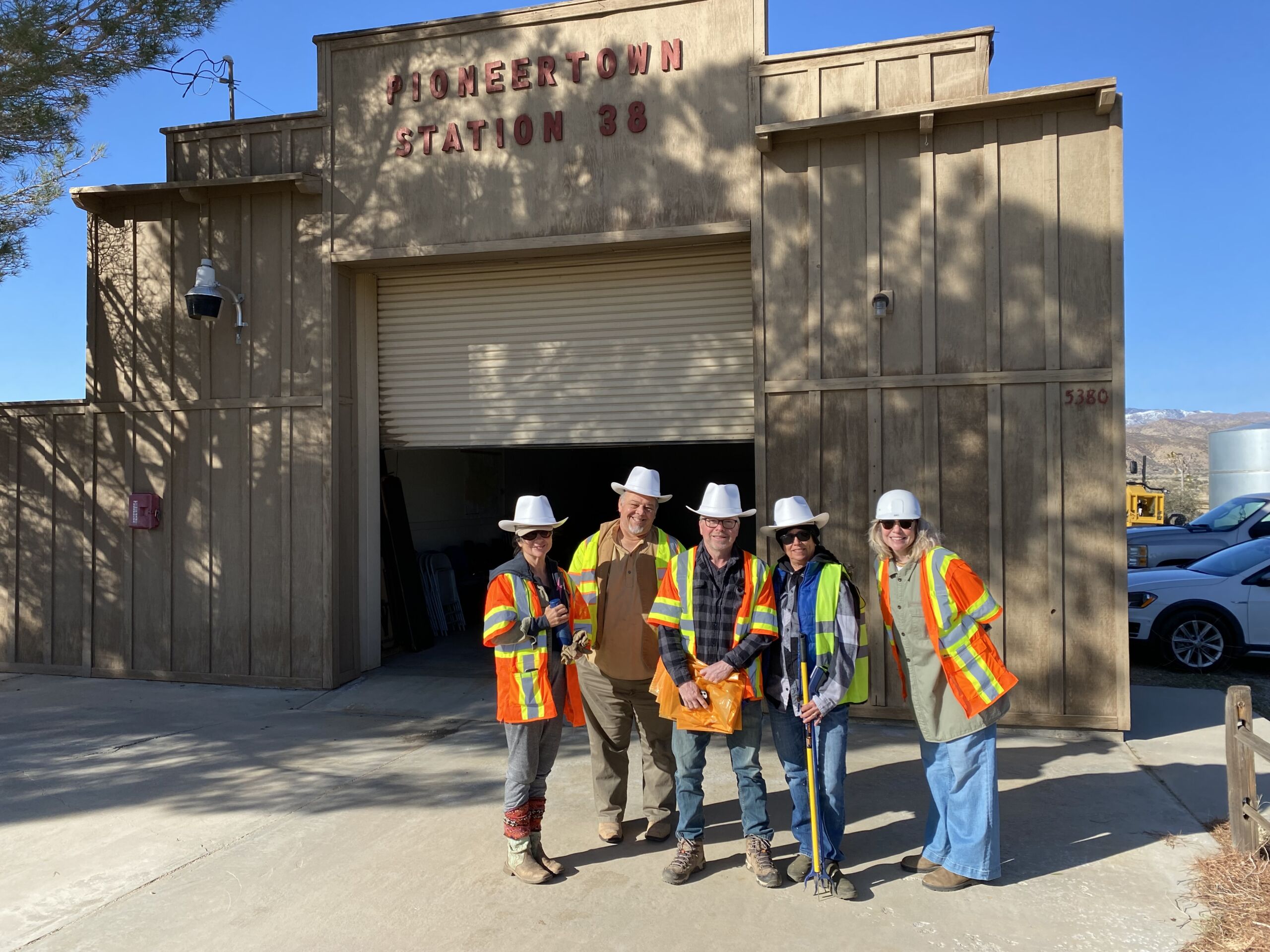
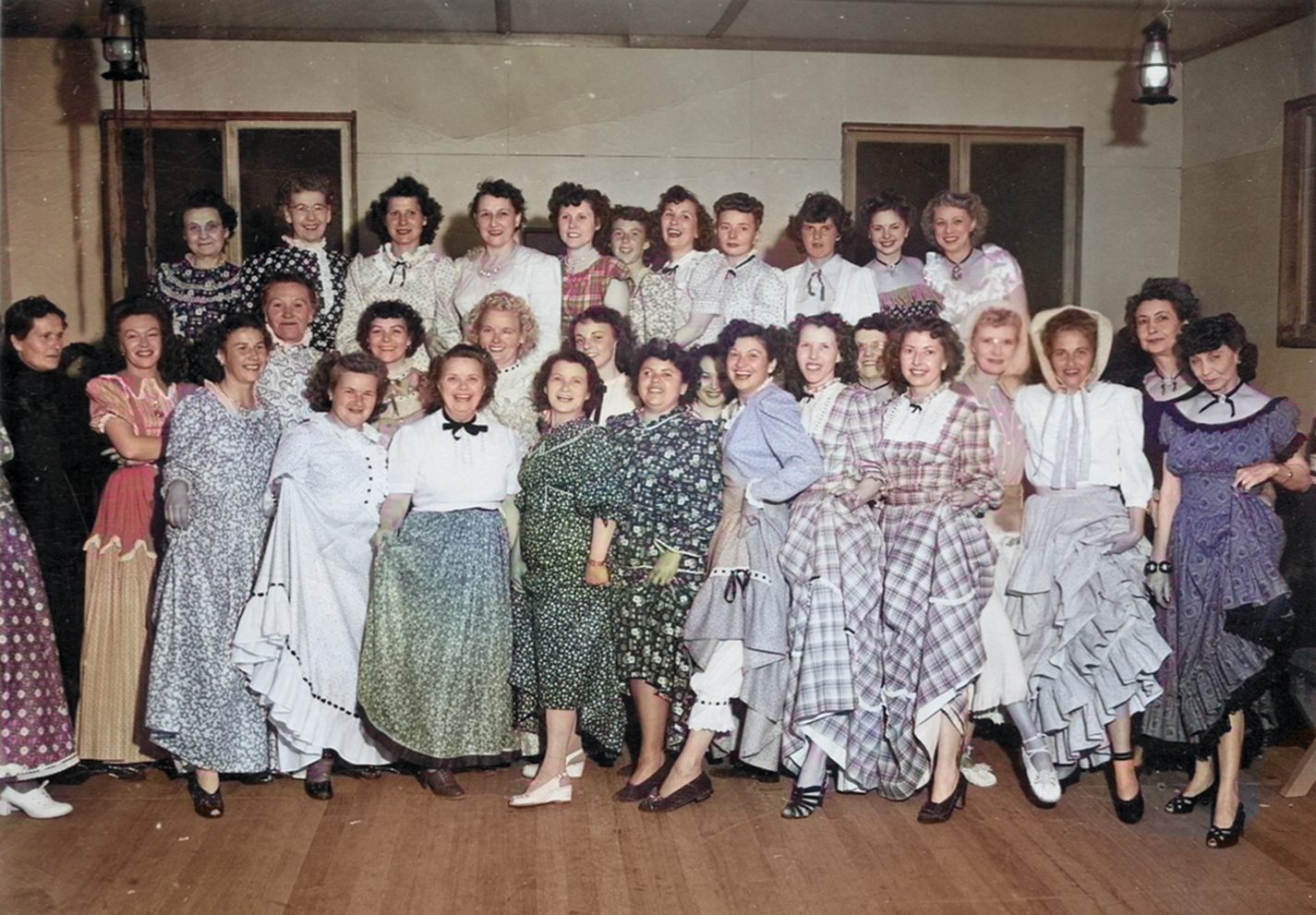
Adapting to Change: Pioneertown Through the Decades
In the 1990s, a grassroots revival took root as residents embarked on a mission to reclaim Mane Street’s former glory. With a nostalgic eye towards 1948, they began purchasing properties, dedicating themselves to restoration and revitalization. Following on the footprints of the Bravado’s, the Mane Street Stampede and the Gunfighters for Hire performed (and still do) free shows on Mane Street when the weather allowed. By 2018, Mane Street witnessed a resurgence while unique artists and craftspeople opened shops. Pappy and Harriet’s Pioneertown Palace achieved global acclaim as a premier, worldclass music venue renowned for its stellar barbecue. In 2020, the long-dormant Red Dog Saloon was resurrected. The revival of the Bravados, spurred by the efforts of Gay Smith and her Wild West Theater non-profit, breathed new life into Pioneertown’s cultural landscape, symbolizing the enduring spirit of resilience in this storied desert enclave.
Over the passage of time, Pioneertown has welcomed a diverse array of inhabitants, ranging from celebrities to outlaw biker gangs, from families to artists, criminals, and pioneers. Its allure attracts individuals with eccentric personalities bold enough to brave the desert’s challenges. Within this dynamic tapestry, properties and businesses change hands, reflecting the ebb and flow of life in the high desert.

For some, the romanticized notion of high-desert living proves fleeting, dissipating when confronted with the stark realities of desert existence. Yet, those who heed Pioneertown’s call demonstrate a remarkable capacity for adaptation and resilience, thriving in the rugged landscape.
Central to Pioneertown’s ethos is not where its residents originate but how they engage with their surroundings. Many newcomers arrive, captivated by the natural beauty and serenity, learning to honor and preserve the neighborhood’s rich wildlife and history. It is this shared reverence that binds the community together, fostering a collective spirit of stewardship and mutual support. Undoubtedly, history has shown that Pioneertown is susceptible to recurring cycles of outside interests seeking to capitalize on its tranquility and allure, often at the expense of its unique character. Time and again, new entities emerge with designs on profiting from the area’s charm, only to risk diluting its intrinsic appeal in the process.
Such endeavors, driven by commercial interests, threaten to disrupt the delicate balance that defines Pioneertown’s allure, potentially eroding its tranquil atmosphere and diminishing its authenticity. As past experiences have demonstrated, unchecked development and commercialization can lead to the loss of the very qualities that make Pioneertown a cherished destination. The community remains vigilant and proactive in preserving the integrity of Pioneertown. By advocating for responsible development practices and fostering a shared commitment to preserving its heritage, residents can help ensure that history repeats itself in a manner that benefits Pioneertown’s essence.
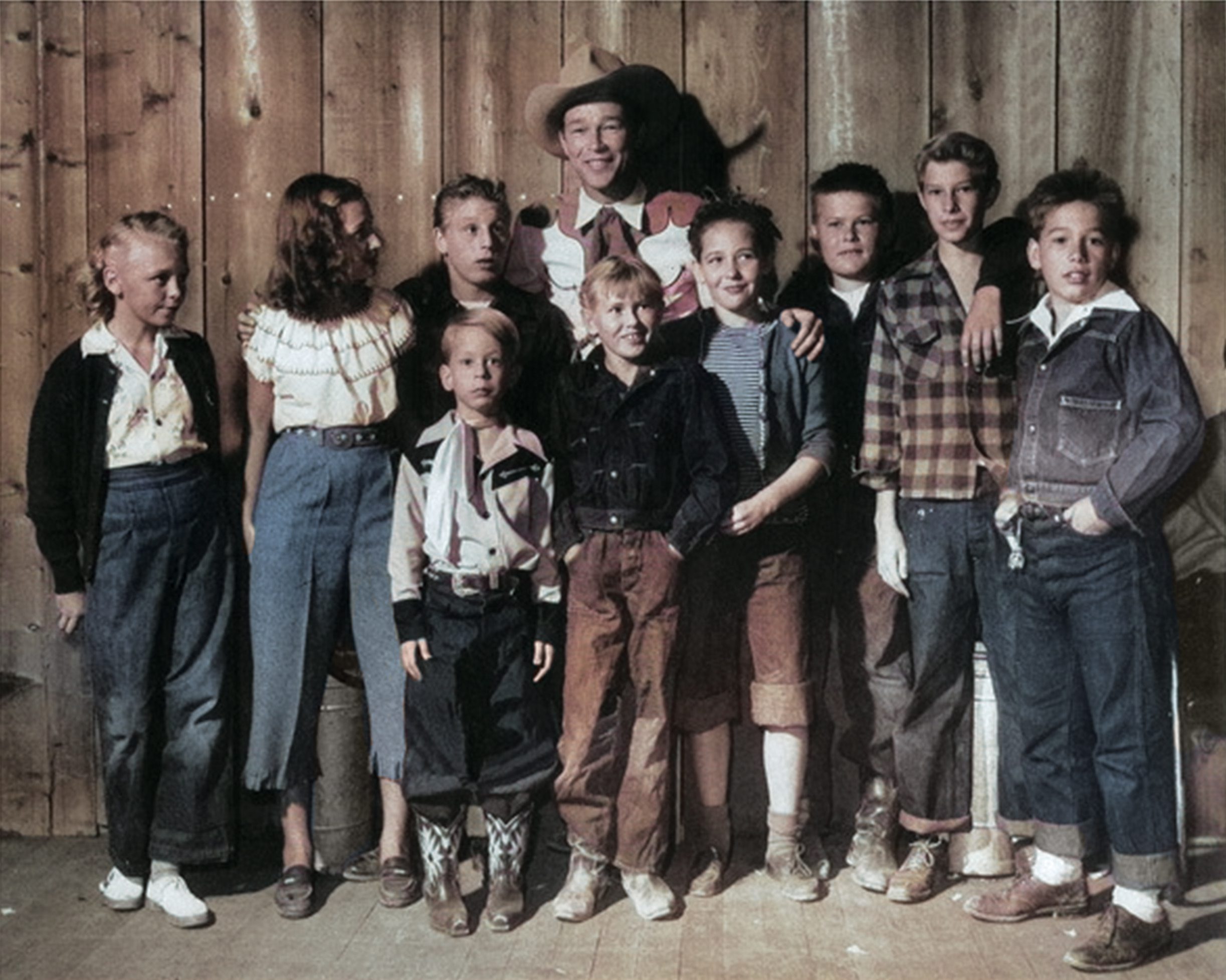
Only through thoughtful stewardship and collective action can Pioneertown thrive as a haven of tranquility and allure for future generations.
In times of need, Pioneertown residents unite, demonstrating an unwavering commitment to one another and their environment. Whether repairing dirt roads during rainfall or swiftly addressing instances of graffiti, they respond with a sense of duty and responsibility. This ethos extends to proactive measures, such as the creation of wildfire watch groups and notification systems, reflecting a community’s proactive approach to problem-solving.
While not all residents actively participate in communal endeavors, each individual contributes to the unique fabric of Pioneertown life in their own way. In this vast desert landscape, the essence of community lies not in obligation but in the collective choice to come together, support, and uplift—a testament to the enduring spirit of Pioneertown, where individuality thrives within a shared sense of purpose.
The Friends of Pioneertown: Preserving Heritage, Fostering Community
The Friends of Pioneertown is a 501(c)3 charitable nonprofit organization founded and operated by devoted Pioneertown residents. Established in 2015, its mission is to preserve and honor Pioneertown’s historical significance as an integral part of the American narrative. Founded and comprised of longtime residents dedicated to supporting their community, the organization serves as a liaison with the county of San Bernardino.
Throughout its existence, the Friends of Pioneertown has undergone evolution, with retiring board members making way for new leaders impassioned by the community’s heritage. In its pursuit of preservation, the organization has orchestrated numerous initiatives, including a commemorative seventy-fifth anniversary celebration and the successful submission of Pioneertown to the National Register of Historic Places.
Beyond historic preservation, the Friends of Pioneertown actively fosters community cohesion through a variety of engaging events. Notable among these are the annual Pioneertown Christmas Potluck and the Pony Express Bake-off which unite residents in celebration and camaraderie. Additionally, the organization demonstrates its commitment to environmental stewardship by adopting a 6-mile stretch of Pioneertown Road, organizing quarterly trash cleanups, and overseeing annual street sign repairs.
A pivotal achievement of the Friends of Pioneertown lies in its advocacy for improved infrastructure. Addressing community concerns regarding the scarcity of potable water, the organization collaborated with the county of San Bernardino to facilitate the establishment of a pipeline, ensuring access to clean water for residents.
For those passionate about Pioneertown’s legacy and its vibrant community, becoming supporting members of the Friends of Pioneertown offers opportunities for engagement in educational and community-centered activities, furthering the organization’s mission of preservation and revitalization.
To learn more, mosey on down to the following:
FriendsofPioneertown.org
Pioneertown Historic – PioneertownSun.com



